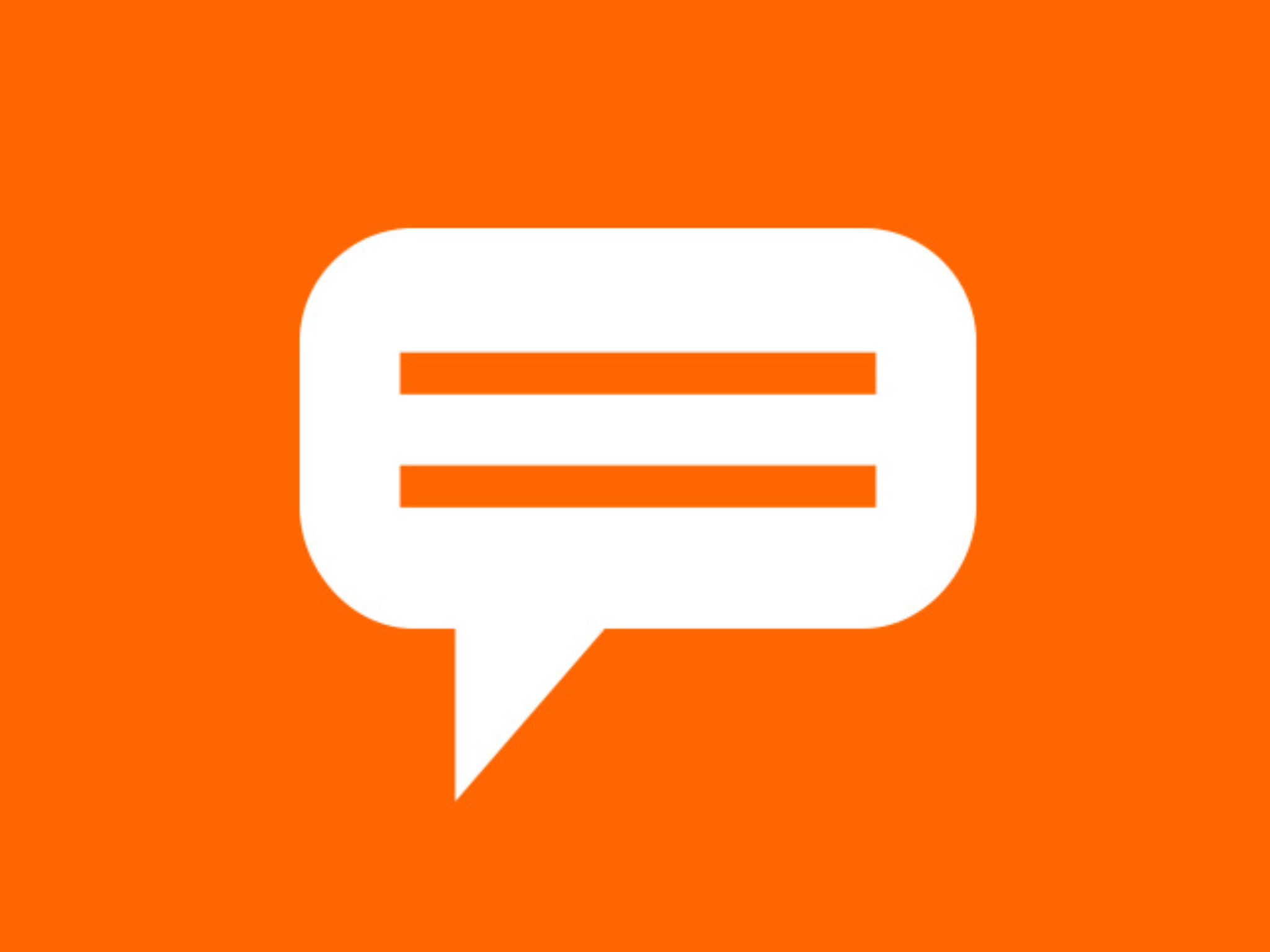“Above the Fold?”
What happened to Above the Fold? Does it still matter in 2019 web design?
Some say yes. Many say no.
First, What Is “Above The Fold”?
The concept of above the fold goes back centuries, to the beginning of the printing press. Newspapers, due to the way they were printed on large sheets of paper, were folded once they hit the news-stands. This led to only the top half of the paper is visible to the passer-by.
The newspaper industry quickly worked out that to garner an audience, they must present attention-grabbing headlines, content, and imagery on the top half of the page. This basic principle remains the same for digital content.
Of course, websites do not have a physical fold like newspapers, the fold in this regard relates to the scrollbar.
Now consider the “Responsive Fold”
The central idea of responsive design is that there is no fixed layout, and content reflows to a screen of any size.
In this environment, does it have any meaning to talk about “the fold”?
The “fold” is in an entirely different place on a phone and a tablet—and, for that matter, on an iPhone vs. an Android phone, or one Android phone vs. another, or a tablet in landscape orientation vs. portrait orientation.
Nevertheless, the concept of “content that is visible on initial page load” is still meaningful. It is just that now you need to consider the “fold” separately for different kinds of devices.
What does this all mean for my current website?
Higher conversion rates have nothing to do with whether the button is above the fold, and everything to do with whether the button is below the right amount of good copy.
Content is (still) key! Good storytelling will encourage users to scroll and engage.
We live in a multi-screen world and scrolling is now habitual. If we are building pages that require scrolling we need to ensure we encourage this behaviour through visual prompts and good content to continue to remind the user there is deeper content below the current screen view.
Resources:
- Wikipedia – Above the fold
- Why “The Fold” is a myth – and where to actually put your calls to action
- Life Above and Beyond the Fold
- Why is “Above the Fold” Web Design Dead?
- Debunked: The “Above the Fold” Web Design Myth
